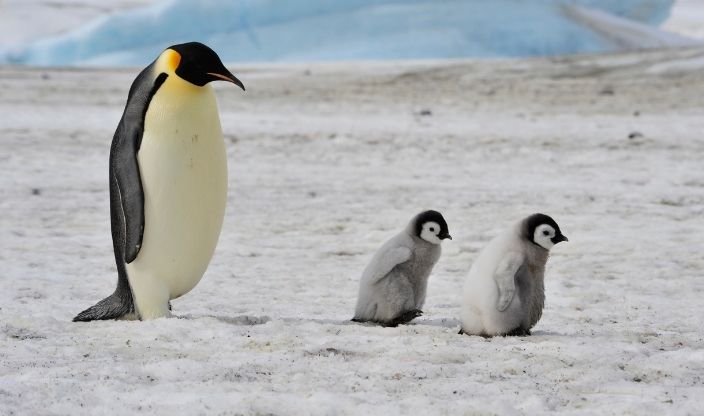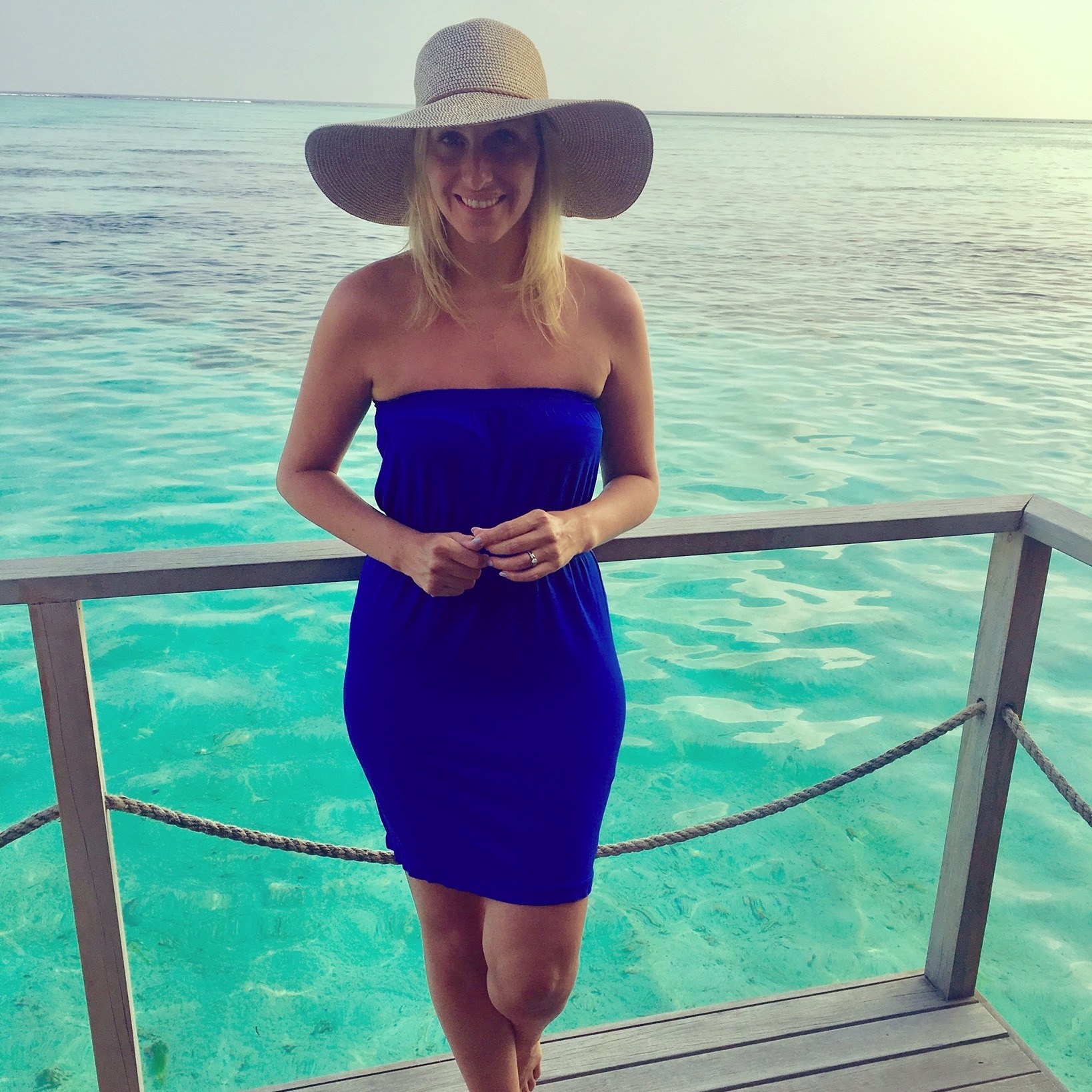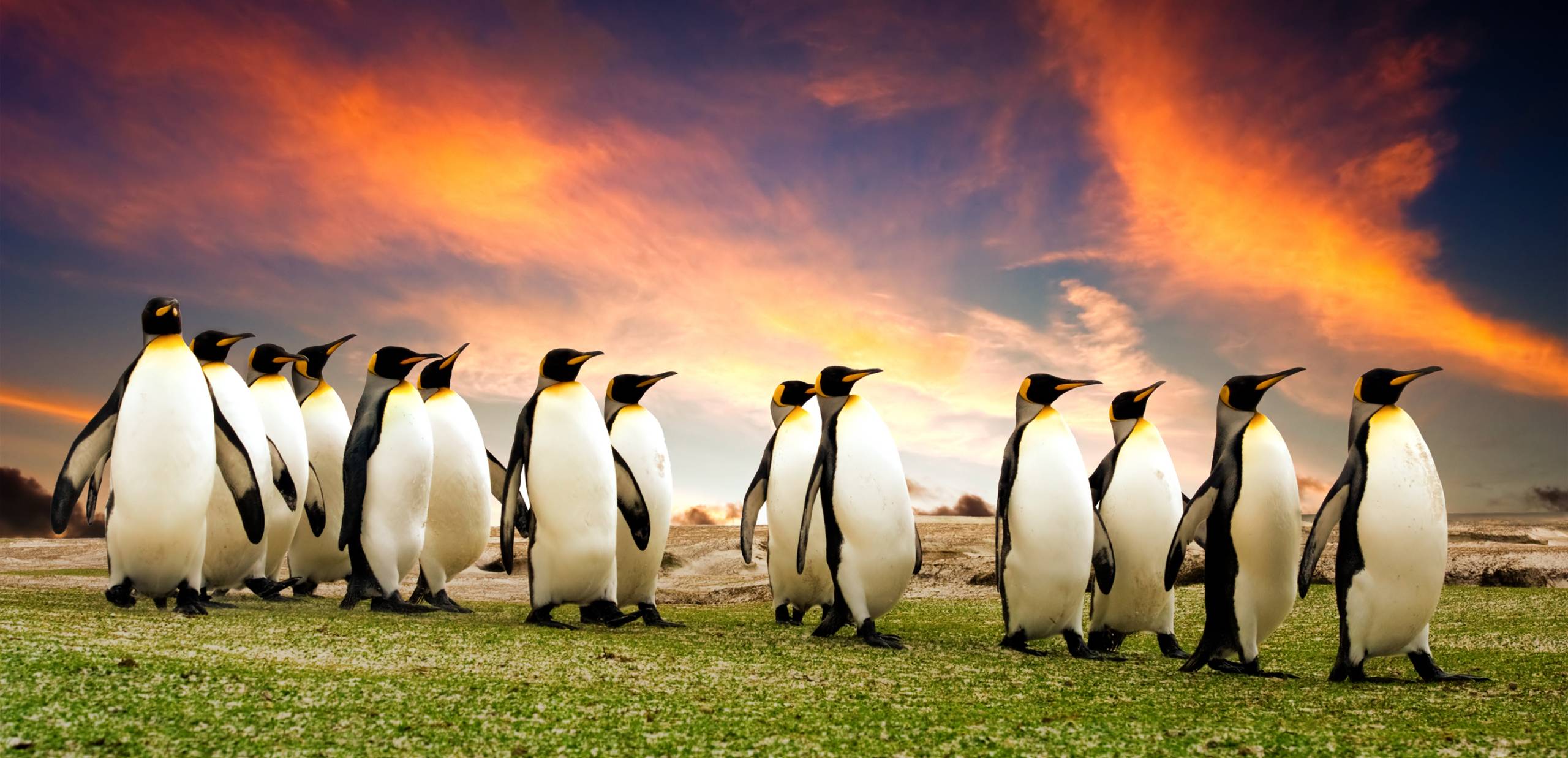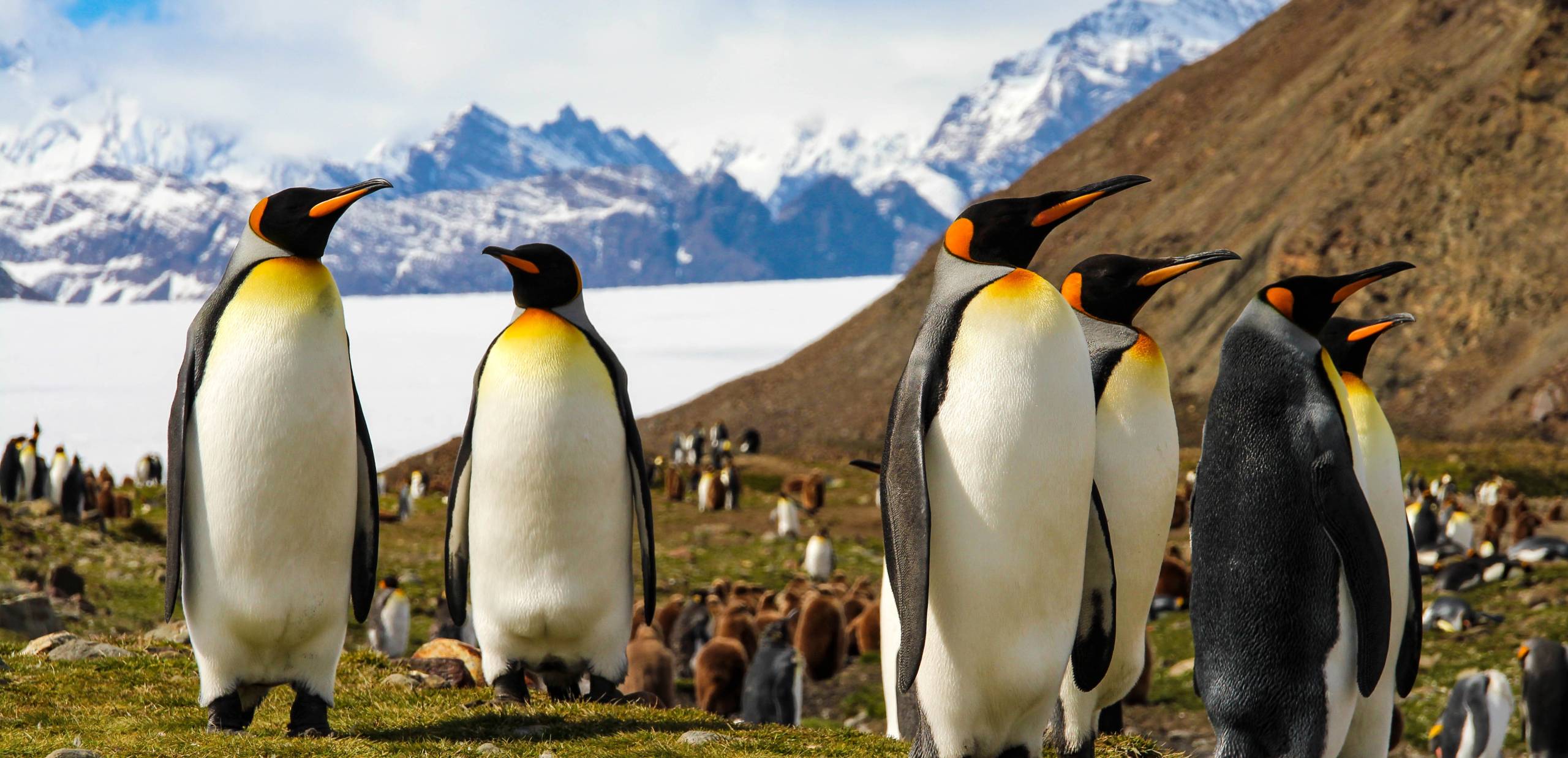Introducing Antarctica
This pristine area continues to be a lone and uninhabited adventurer’s dream, from the astonishing otherworldly beauty of a gigantic iceberg to the wealth of creatures. There is no other place as breath-taking as Antarctica. The ‘Great White Continent,’ which spans a region of about 14 million square kilometres and is largely uninhabited by humans, is known for its spectacular glaciers, astoundingly icebergs, gigantic mountains, and a wealth of wildlife. Your journey to Antarctica will be a once in a lifetime experience that will be unrivalled and incomparable with any other trip you take.
About 98 percent of Antarctica’s surface is covered in solid ice, giving the continent its approximate area of 5.5 million square miles (14.2 million square kilometres). In terms of overall area, Antarctica is the fifth-largest continent located in the Southern Ocean. Despite seven nations—New Zealand, Australia, France, Norway, the United Kingdom, Chile, and Argentina—claiming various portions of Antarctica, there are no actual countries in Antarctica.
Due to thick ice and temperatures that can plummet to -60 degrees, a large portion of Antarctica’s coastline is inaccessible during the autumn and winter. The Antarctic summer, which lasts from November to March, is the perfect time to visit since you’ll get to see the fauna at its busiest and enjoy up to 24 hours of daylight.
In Antarctica there are no farms, no edible vegetables grown, and the wildlife is protected so you can’t eat it. Antarctica also lacks a traditional cuisine as it is only inhabited by tourists who remain for a few months or up to a year. Nonetheless, food does play a huge role in Antarctica in the same way that it usually does when the weather is chilly, and you need to replace the energy you use just to stay warm. This is usually through hearty soups, stews, and high-fat treats.
Captain Fabian Gottlieb von Bellingshausen of the Imperial Russian Navy is generally credited with making the first known sighting of Antarctica in 1820. Captain James Cook missed the continent by 75 miles in 1773. The first landfall was made in 1821 by American explorer John Davis, and the crew of the Jules Dumont d’Urville expedition collected samples of the area’s flora and fauna in 1840.
Several countries throughout the world now maintain permanently staffed research stations, with up to 5,000 staff members working on the continent during the summer and only 1,000 during the winter. Visit Scott’s Discovery Hut and Scott’s Hut on Ross Island, both of which are nearly unchanged from how expeditions left them in 1917, to discover more about the history of Antarctica.
Despite its remoteness and the length of time it takes to travel there, Antarctica can be a great destination to take the family exploring. By going on an Arctic cruise, the family can experience seeing polar bears, walruses, seals, and skies filled with seabirds. If you and the family also want to witness the most impressive penguin, the emperor penguin, then a visit to Weddell Sea by helicopter is highly recommended. Similarly, the islands of Petermann and Pléneau, Paradise Bay, Crystal Sound, and Neko Harbour are all excellent places to watch seabirds (gentoo and Adélie penguins) and whales (minkes, fins, and humpbacks).
Recommended Antarctica Specialists
Top Locations in Antarctica













